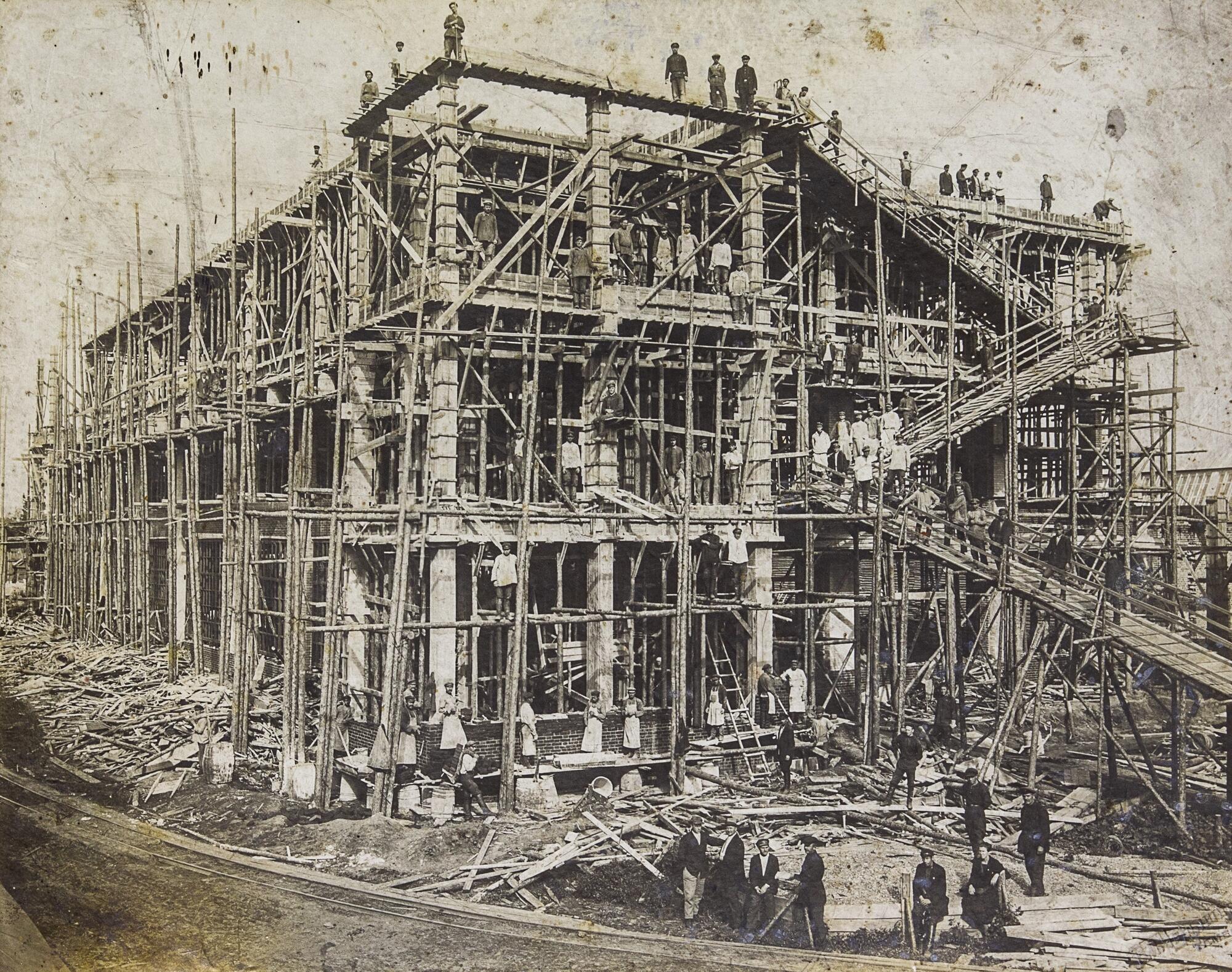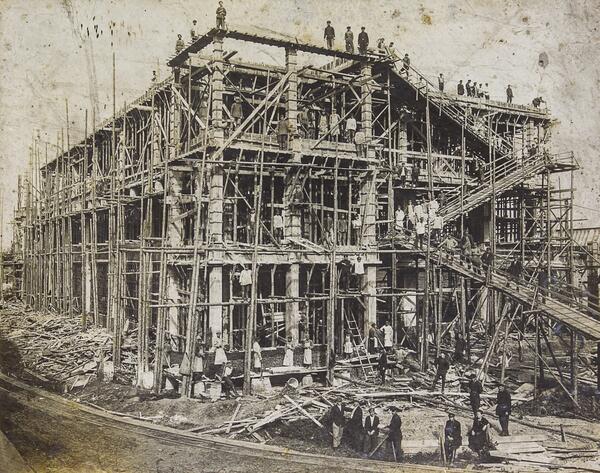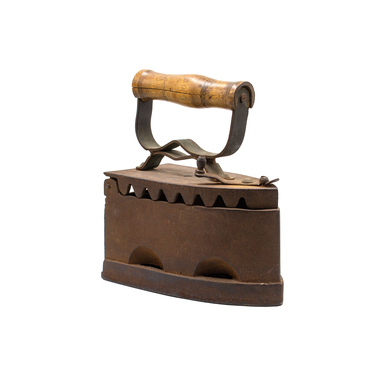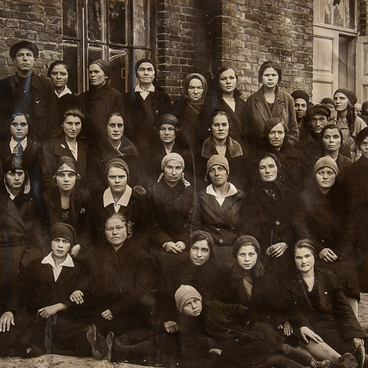The early 20th century was a very unstable period in the history of Europe. The British Empire waged an economic war against Germany and was building up its navy. France sought revenge for the defeat in the Franco-Prussian War of 1870 and wanted to recover the two lost provinces: Alsace and Lorraine. The Ottoman Empire was in decline, Serbia tried to assert its positions in the Balkan Peninsula and was opposed by Austria-Hungary, while Russia attempted not to let Germany gain too much power in Europe.
In this tense political situation, in August 1913, the Military Council of the Main Artillery Directorate of Russia started considering the construction of a new gunpowder factory in the central part of the Russian Empire. Until that time, Russia had only five gunpowder factories — three state-owned and two private plants. Their capacities would have been inadequate in case of war.
The authorities decided to build the new factory near the state-owned Bokino dacha in a forest area on the right bank of the Tsna River, only 18 km away from Tambov.
The decision to build the factory was made on May 5, 1914, with 14 million rubles allocated for a three-year project. On May 12, the Main Directorate received a request to provide additional financing for constructing a brick factory and a railway line between Tambov and the factory.
World War I started on July 28, 1914, a month after the Austro-Hungarian heir Archduke Franz Ferdinand was assassinated in Sarajevo. On July 31, the Russian Empire announced full mobilization.
However, the construction of the factory did not stop. On August 30, an administration and construction commission was established under Major General Timofey Miochinsky. The commission prepared a project draft and hired workers to deforest an area and prepare a site for the construction of factory buildings.
Simple work was mainly carried out by peasants from nearby villages. The Moscow construction firm ‘Inzhenernoye Delo’ (Engineering) sent 600 skilled professionals to Tambov. Even the ‘Russkoye Slovo’ (Russian Word) newspaper from Moscow published a job advertisement inviting workers to join the construction of a new powder in the Tambov Governorate. Applicants came from all over the Russian Empire, including Moscow, Perm, Nizhny Novgorod, Odessa, and Riga. Employees of the Kazan and Shostka Gunpowder Factories also participated in the construction works.
In March 1915, the construction of the factory buildings began. The buildings were furnished with English equipment. On November 9, 1915, the Main Artillery Directorate announced that the factory personnel had been hired, and on November 12, 1915, the new gunpowder factory was put into operation. Construction works continued until 1917.
In this tense political situation, in August 1913, the Military Council of the Main Artillery Directorate of Russia started considering the construction of a new gunpowder factory in the central part of the Russian Empire. Until that time, Russia had only five gunpowder factories — three state-owned and two private plants. Their capacities would have been inadequate in case of war.
The authorities decided to build the new factory near the state-owned Bokino dacha in a forest area on the right bank of the Tsna River, only 18 km away from Tambov.
The decision to build the factory was made on May 5, 1914, with 14 million rubles allocated for a three-year project. On May 12, the Main Directorate received a request to provide additional financing for constructing a brick factory and a railway line between Tambov and the factory.
World War I started on July 28, 1914, a month after the Austro-Hungarian heir Archduke Franz Ferdinand was assassinated in Sarajevo. On July 31, the Russian Empire announced full mobilization.
However, the construction of the factory did not stop. On August 30, an administration and construction commission was established under Major General Timofey Miochinsky. The commission prepared a project draft and hired workers to deforest an area and prepare a site for the construction of factory buildings.
Simple work was mainly carried out by peasants from nearby villages. The Moscow construction firm ‘Inzhenernoye Delo’ (Engineering) sent 600 skilled professionals to Tambov. Even the ‘Russkoye Slovo’ (Russian Word) newspaper from Moscow published a job advertisement inviting workers to join the construction of a new powder in the Tambov Governorate. Applicants came from all over the Russian Empire, including Moscow, Perm, Nizhny Novgorod, Odessa, and Riga. Employees of the Kazan and Shostka Gunpowder Factories also participated in the construction works.
In March 1915, the construction of the factory buildings began. The buildings were furnished with English equipment. On November 9, 1915, the Main Artillery Directorate announced that the factory personnel had been hired, and on November 12, 1915, the new gunpowder factory was put into operation. Construction works continued until 1917.



